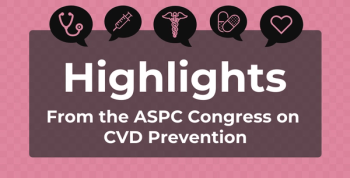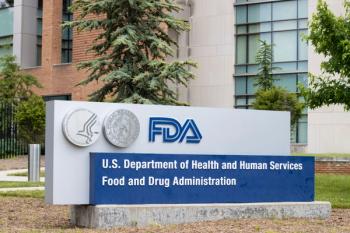
Orphan Drugs Have Lower Drug Development Costs Compared With Nonorphan Drugs
According to a recent study, the out-of-pocket clinical costs and capitalized clinical costs per approved drug were both lower for orphan drugs compared with nonorphan drugs.
According to a recent study, the out-of-pocket clinical costs and capitalized clinical costs per approved drug were both lower for orphan drugs compared with nonorphan drugs.
Prior to the Orphan Drug Act, there have been few incentives for pharmaceutical companies to develop drugs for
For pharmaceutical companies to maintain interest in developing orphan drugs, they must be able to recoup costs, but there must also be evidence for the high costs they expect in return. In a recent study, investigators estimated and compared the research and development costs between orphan and nonorphan drugs.
The study comprised a data set of 1163 trials, 561 nonorphan drugs, and 602 orphan drugs. The estimated total out-of-pocket costs for all 3 phases were considerably higher in the orphan group versus the nonorphan group ($55 million vs $30 million). However, after accounting for the overall probability of clinical success, the out-of-pocket clinical costs were $166 million for the orphan group and $291 million for the nonorphan group.
Similarly, for capitalized expected costs, the orphan group had a higher cost compared with the nonorphan group ($96 million vs $43 million). After considering the overall probability of clinical success, the capitalized cost per approved drug was $291 million for the orphan drug group and $412 million for the nonorphan group. Capitalized costs per approved nonorphan drug that is a new molecular entity (NME) were $489 million, whereas the costs per approved orphan drug that is an NME were $242 million.
Based on this study, investigators concluded that the overall cost of orphan drug development is less than that of nonorphan drug development. Because of the variability in trial design, subjects, and length of study, there may have been differences that were not accounted for. Furthermore, the cost of the drug also needs to be valued depending on its place in therapy. Investigators further concluded that more research is needed before setting prices for orphan drugs.
Reference
Jayasundara K, Hollis A, Krahn M, Mamdani M, Hoch JS, Grootendorst P. Estimating the clinical cost of drug development for orphan versus non-orphan drugs. Orphanet J Rare Dis. 2019;14(1):12. doi: 10.1186/s13023-018-0990-4.
Newsletter
Stay ahead of policy, cost, and value—subscribe to AJMC for expert insights at the intersection of clinical care and health economics.








































